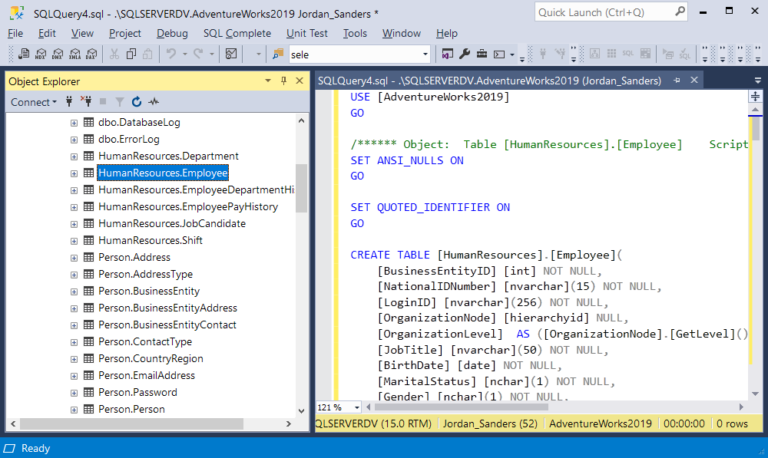

Alternatively, drag and drop an editor tab to the desired area.From the Explorer sidebar, drag and drop either a file or Open Editor group to the desired area.Work on one query while referring to another Use Box Selection by holding down shift + alt (Mac: shift + opt), then holding the left mouse button and drag where you want to highlight. Holding down alt (Mac: opt) and double-clicking a word will add it to the currently highlighted selection.Ī variation on this is Box Selection, highlighting text in a square or rectangular block. This same feature can highlight multiple bits of code. To drop multiple cursors into a query is as easy as holding down the alt (Mac: opt) key and left-clicking with the mouse where you want the additional cursors. If you want to make a change in many places simultaneously, then try Multiple Cursors. Mac: opt + shift + up or opt + shift + down.Windows: alt + shift + down or alt + shift + up.This shortcut also works with blocks of selected text. We don't need to cut and paste to move a line. Want to rename something, and in all the places it's used, e.g., rename a variable? Try Change all occurrences. Transforming the case is even more useful when you combine with multiple selections.įurther, the commands can be bound to a keyboard shortcut reducing the need to use the Command Palette.


Press Enter to replace * with all column names.You should see a concatenated list of all column names Trigger IntelliSense (Windows: ctrl + space, Mac: ctrl + space).Known as Star Expansion, this takes an asterisk in the SELECT clause and replaces it with all column names. On Windows, the Join Lines command is not bound to a keyboard shortcut but can be set in Keyboard Shortcuts. On Mac, the shortcut for this is control + j Got a compact statement that could fit on one line? Use the Join Lines command. Familiarising yourself with this tool will help you get a lot more out of Azure Data Studio. The Command Palette is designed for performing actions from the keyboard. To access the Command Palette in Azure Data Studio press: Commands do things such as modify your current code, connect to a data source, or change a setting. The Command Palette is the searchable prompt where Azure Data Studio's many commands are accessed. Get information about a Database Objectįirst tip: Become familiar with the Command Palette.Work on one query while referring to another.Search and Replace with Regular Expressions.
Ssms azure data studio code#


 0 kommentar(er)
0 kommentar(er)
